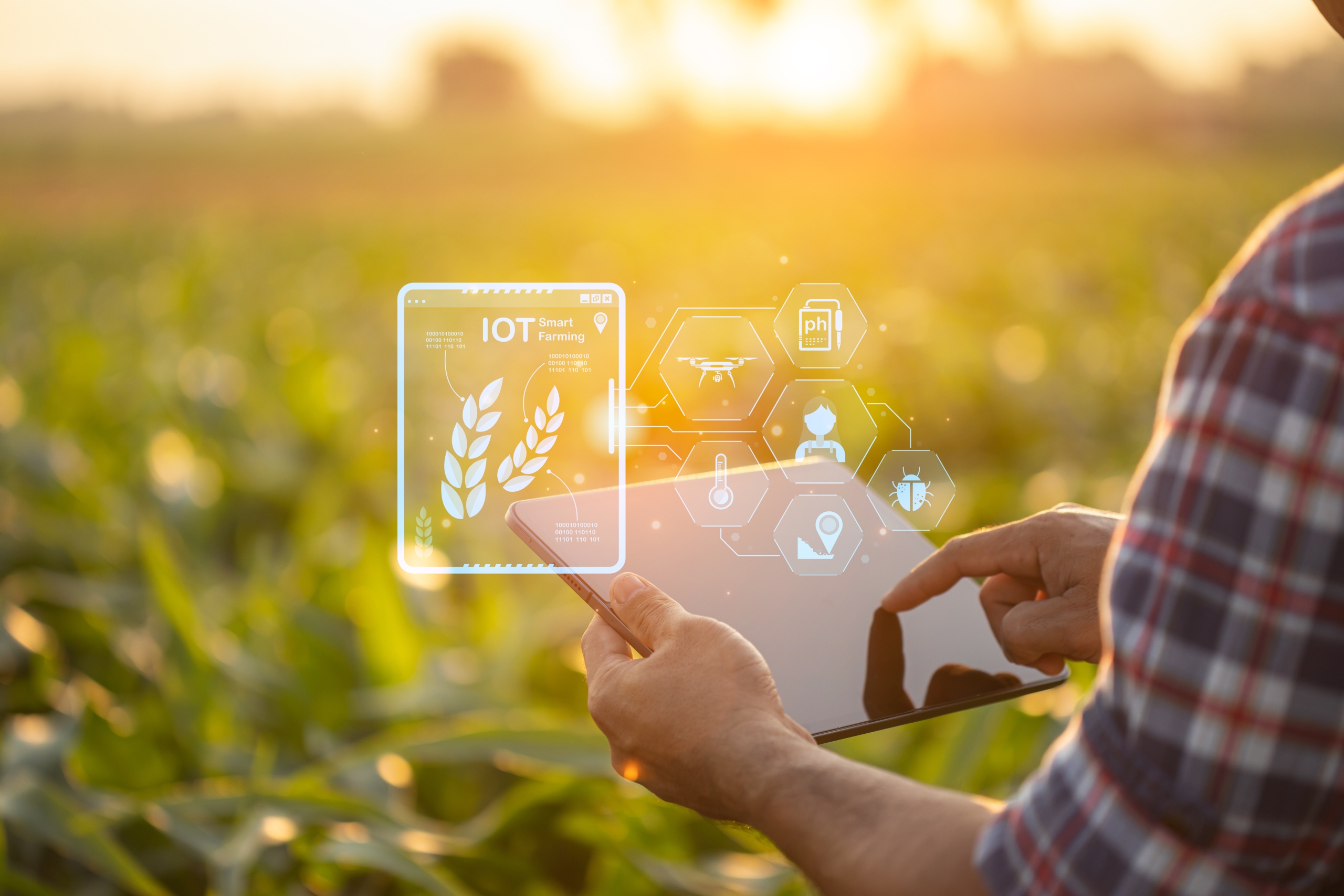“Automation does not need to be our enemy. I think machines can make life easier for men, if men do not let the machines dominate them.” ~ John F. Kennedy

The late President John F. Kennedy will be forever remembered for his incredible vision of getting Americans to the moon. But even a person of his foresight would be surprised to see how technologies like robotics, artificial intelligence, and machine learning have pioneered a new age of automation in the 21st century. Yes, Mr. President. Machines can and do make life easier for men.
And in fact, using machines to handle hazardous, inefficient, and repetitive jobs is a practice that is at least a century old. Indeed, the automated weaving loom was the first machine to use interchangeable punch cards to instruct a machine to perform automated tasks. That’s not so different from today’s computer programs that can be programmed for various tasks.
Automation technologies are already all around us in the form of robotics (ie, industrial machinery) and software (ie, payroll). However, the rise of artificial intelligence (AI) is enabling new-use cases for both enterprises and consumers, especially when combined with intelligent edge solutions.
A New Age of Automation
Thanks to rapid technology growth, we are at the dawn of a new age of automation. Robots and computers can already perform routine physical work tasks more cheaply and efficiently than humans. Now, they can solve cognitive problems often associated with human intelligence.
Tasks that were once thought to be difficult to automate, such as real-time judgment, emotion-sensing, and long distance driving, can be automated successfully today. And with AI inferencing, the machinery and devices around us are increasingly more capable of performing tasks that require cognitive capabilities.
That’s the good news.

The not-so-good news? The calculations for AI Inferencing are power-hungry, which is why AI these days is still primarily confined to devices that are either constantly plugged in, or have large enough batteries to store power necessary for all operations.
Automation for Work
AI-driven automation uses rule-based models and machine learning to find patterns in massive quantities of data. Unlike robotics-driven automation that substitutes for routine human labor, AI-driven automation can substitute for more “thoughtful” tasks such as problem-solving, strategic planning, and real-time perception.
AI can have a significant impact in helping us better predict outcomes across many information-heavy fields, such as business, management, marketing, and especially health. With the help of AI inference, we would be able to make more confident predictions under conditions of uncertainty.
Intelligent machines and software powered by AI are shaping the framework of workplaces of crucial industries, such as manufacturing and agriculture. Thanks to improved image processing techniques, quality checks can be streamlined in factories, reducing project times.

AI is also playing a major role in automating agriculture. Today’s farmers can leverage smart cameras that can provide incredible real-time insights. Crops and weeds can be identified in real-time, herbicides can be triggered to kill the weeds, and landscape analysis can be done in real-time.
Automation in Everyday Life
AI will become an even larger part of our lives than it already is. A device enabled with AI can be a chauffeur, an assistant, a doctor, a coach, a nutritionist, a master of knowledge, and a companion — all wrapped into one.
Through machine learning, a device can learn human behavior so that apps can better predict what you might want, and when you might want it. Music streaming services already recommend songs and artists based on your past listening behavior. Same for video streaming services. As AI inferencing improves, it will be possible to have a versatile companion that can grow with the user, evolving as they evolve, while keeping all personal information and preferences private and secure.
As the COVID-19 pandemic continues to improve, more companies are investing in technologies that can better automate aspects of healthcare, such as early diagnosis and contact tracing. For general health, smart wearables like the Apple Watch Series or the FitBit can monitor your biometrics and make suggestions to improve your physical wellbeing. Other apps can detect stress, and recommend relaxing activities; or learn your grocery shopping habits, and make personalized shopping suggestions.
How Ambiq Contributes
Whether it’s a smart wearable device or a portable medical device, intelligent edge solutions cannot solve complex problems without advanced inference. However, these devices need to handle information in real-time without relying on network connections back to the cloud.
Only an ultra-low-power and small form factor onboard can provide the needed inference performance. Ambiq’s ultra-low-power wireless SoCs are accelerating edge inference in devices limited by size and power. Ambiq’s products enable IoT companies to deliver solutions with a much longer battery life and more complex, faster, and advanced ML algorithms right at the edge.
Instead of running complex AI inferencing in the cloud on large, power-hungry computers, Ambiq® and its SPOT®-enabled technology enable battery-powered edge devices to run optimized models for pattern recognition on microcontrollers no bigger than a grain of rice — all while consuming only milliwatts of power.
Quite simply, Ambiq’s solutions can enable edge intelligence everywhere. Which makes life easier.
Read Article in: Simplified Chinese | Traditional Chinese


